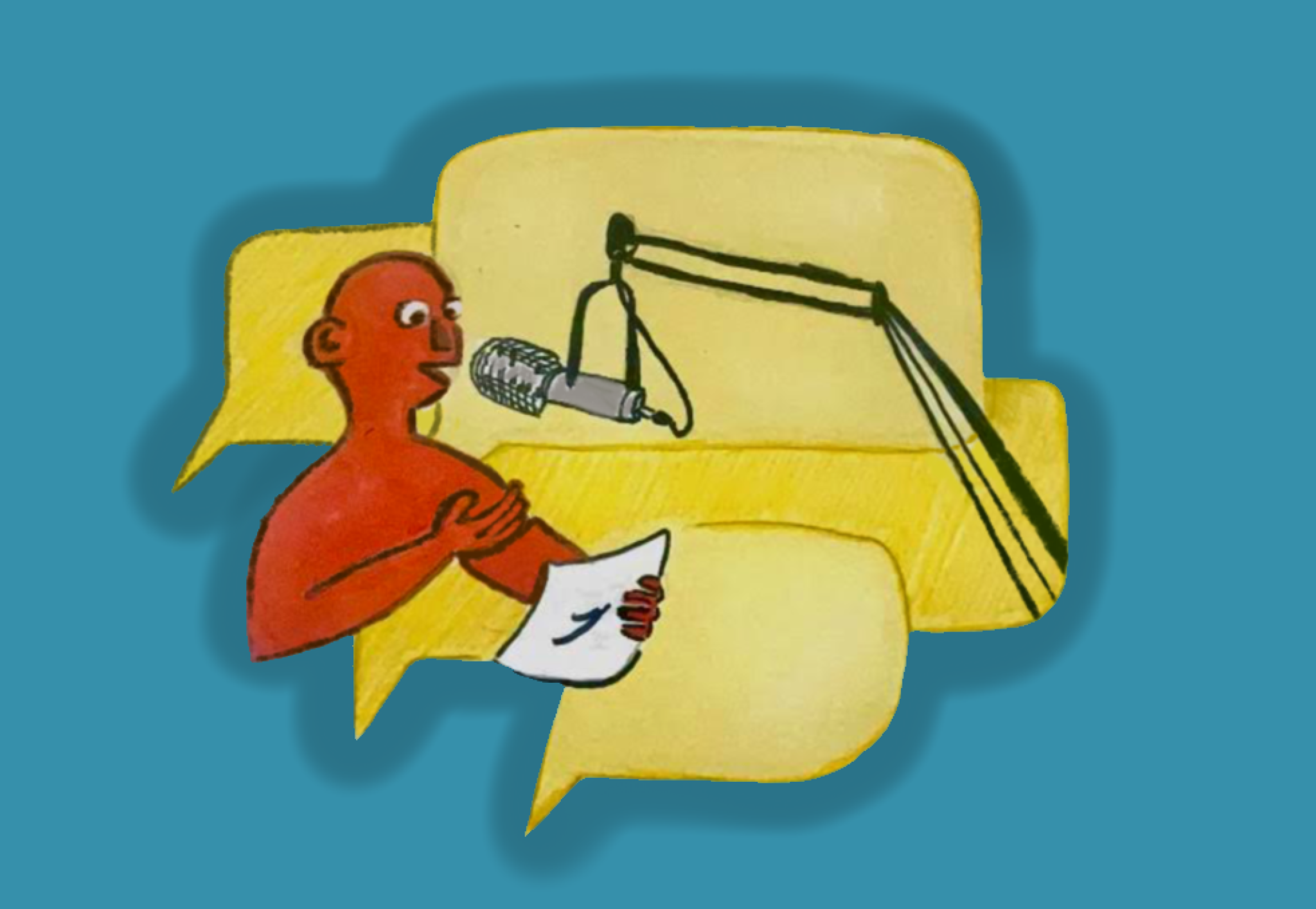Voice acting is an entirely different world to navigate from on-screen acting, although many similarities exist between the two. Some voice actors are hired simply to breathe, with Sean Kenin, an American film and television actor, as one example. He has been hired for his ability to mimic well-known performers’ breaths, gasps, and grunts. This is not an uncommon phenomenon in the world of voice acting.
Voice acting shares many characteristics with on-screen performances, but there are key differences that make it stand out, despite the lack of attention these attributes might receive. Just like on-screen acting, actors are paid by the amount of content they have to offer the film or show. However, when the actors are not on the screen visually, this can come down to the amount of words that an actor has to share. A couple of words can impact an entire paycheck.
Furthermore, voice acting looks different across genres and types of filmmaking. In anime films, for example, actors typically only come on to set after the drawings have all been created. This means the actors have to match their dialogue to the characters’. In many North American productions, however, recording these voices often occurs much earlier in the process. After the recording has taken place, animators draw the characters in a manner that reflects the style of the voice.
And while the title of ‘voice acting’ implies that there is nothing beyond the ‘voice,’ this can be misleading. Sometimes productions install a camera for the recording process, so that animators can watch the performance and catch small mannerisms. In turn, this can create an animated character who more closely matches the live voice actor.
Emotion, thought, and clarity all need to be communicated, just as in live acting, but with only a voice. And often, this needs to be done only a short time after receiving the script. Voice actors may receive their dialogue only minutes before. This means that, with a new and unfamiliar script, actors have to convey a world of emotion just through their voice.
Going forward, however, the landscape of voice acting may change. New AI developments are constantly being released, and this may change the landscape of voice acting, with the AI as a new competitor for actors. The question with talking artificial intelligence, though, is whether it will be able to immerse itself in the emotion and complexity of the character.
It is these very unique aspects of voice acting that make it such an intricate form of performance. However, one thing remains the same in both live and voice acting: the authenticity behind the work.
To convey the emotion and thought of the character, an actor must fully embody the role they are taking on. Acting is about immersing oneself in another experience, bringing the character to life on screen. Whether through voice or body language, that is an unchanging characteristic.





